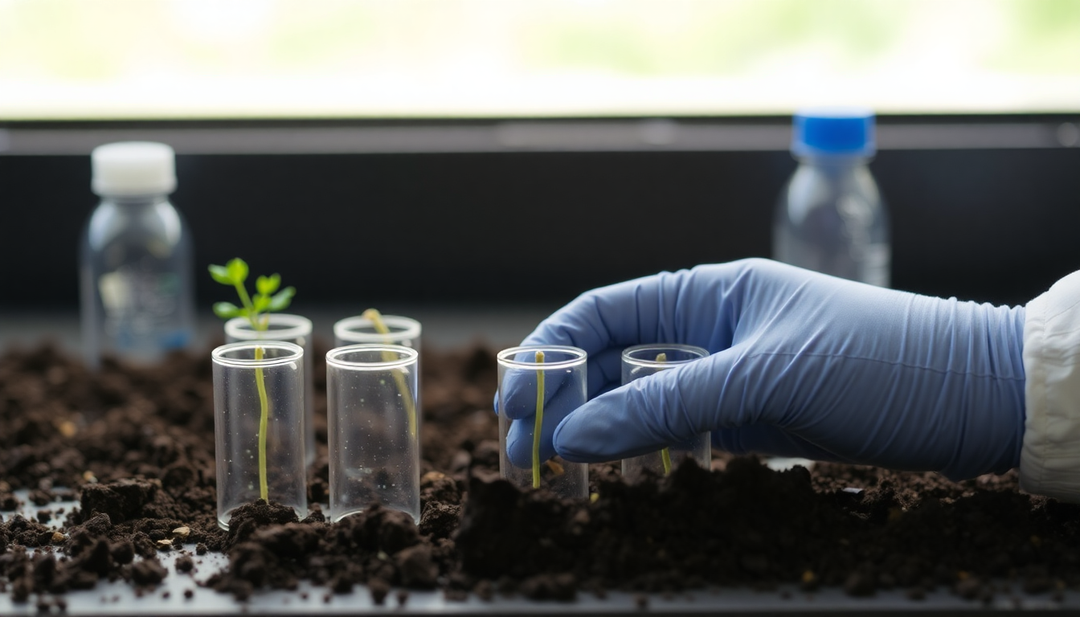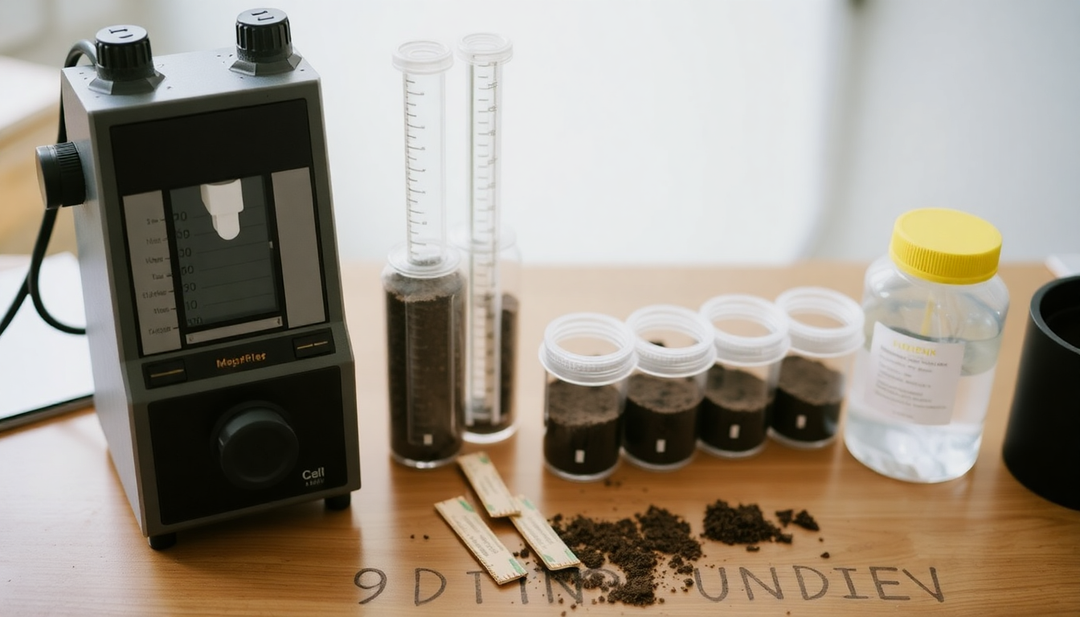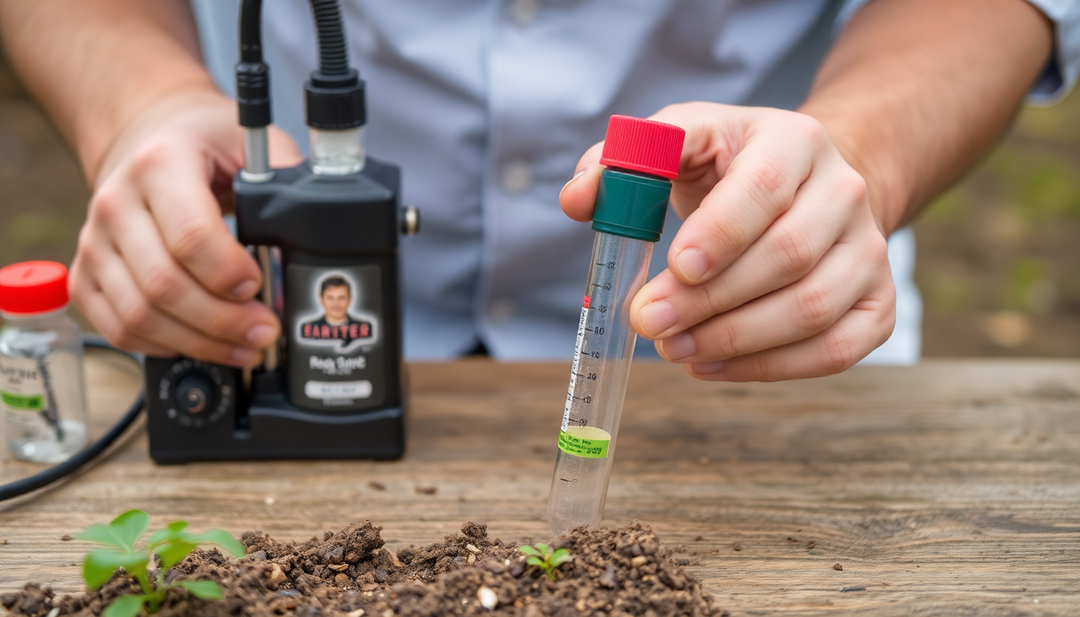Understanding PAHs and Their Impact on Soil Pollution: A Practical Guide for Individuals in 2025

Introduction
Polycyclic aromatic hydrocarbons (PAHs) are chemical compounds of concern. They are primarily formed during the incomplete combustion of organic matter. By 2025, their impact will become more alarming, particularly in terms of soil pollution. This guide informs individuals about PAHs: their origin, their effects on the environment, and solutions for assessing and treating pollution.
What are PAHs?
PAHs are a family of chemical compounds that contain at least two fused benzene rings. They are often present in:
- Exhaust fumes from vehicles, especially those that use fossil fuels, contribute to pollution.
- In addition, combustion residues from coal, wood and other organic matter aggravate the situation.
- Industrial emissions, from cement production, waste incineration and other processes, play a significant role.
- Finally, petroleum products, such as oils and lubricants, also contribute to this pollution.
PAHs can also be formed during food cooking, particularly through grilling or smoking. Understanding them is therefore essential to better understand their impact on the environment.
Impact of PAHs on Soil Pollution
PAHs are persistent pollutants that can contaminate soils and have adverse effects on ecosystems and human health. The major impacts include:
- Health risks: PAHs have carcinogenic properties. Prolonged exposure can lead to various health problems, including cancer, respiratory diseases, and immune disorders.
- Impact on biodiversity: Soils contaminated with PAHs harm living organisms, such as microbes, insects, and plants. This disrupts food chains and the balance of ecosystems.
- Deterioration of agricultural land quality: The presence of PAHs in agricultural soils can affect cultivation and food security, leading to economic losses for farmers.
- Contamination of water resources: PAHs can seep into groundwater and contaminate drinking water, posing a risk to human and animal health.
Importance of Soil Analysis
To assess the extent of PAH pollution, soil analysis is essential. These analyses play a key role for several reasons:
- Identification of contamination : They detect the presence of PAHs and measure their concentration in the soil, which allows us to better understand the extent of the pollution.
- Decision-making support : The results allow individuals to make informed choices about how to use their land, whether for gardening, construction, or other activities.
- Implementation of corrective actions : When contamination is confirmed, it becomes possible to develop appropriate remediation plans to resolve the problem.
- Risk prevention : By carrying out regular analyses, individuals can anticipate possible pollution and adopt preventive measures to protect their environment.
The PAH Diagnostic Process
The diagnosis of PAHs in soil is a methodical process that includes several key steps:
- Sampling : Experts first collect soil samples from different locations, targeting high-risk areas such as roads and industrial sites.
- Laboratory analysis : Then they send the samples to a specialized laboratory to test for the presence and concentration of PAHs.
- Interpretation of results : Once the analyses are completed, experts interpret the data to assess the contamination and recommend appropriate actions.
- Contamination report : Finally, they write a detailed report including recommendations based on the results obtained.
To ensure reliable and relevant analyses, it is necessary to call upon qualified professionals.
Case Studies
Concrete case studies illustrate the importance of PAH detection. For example:
- Case study of an industrial zone : A soil analysis revealed high levels of PAHs linked to a former factory. This detection led to remediation measures to restore the soil. The area is now safe for future residential projects.
- Case study from an agricultural region: A farmer noticed a decline in crop yields. After testing, worrying levels of PAHs were discovered. Corrective measures were taken, including soil remediation, which restored crop health.
These examples demonstrate the importance of testing to protect the health of individuals and the environment.
Practical Advice for Individuals
Here are some tips for managing PAH pollution and protecting your environment:
- Perform regular testing: If you live near industries or busy roads, it is recommended that you have soil tests performed every few years.
- Avoid growing edible plants: Do not grow vegetables or fruits in soil contaminated with PAHs to avoid the accumulation of these substances in the food chain.
- Consult experts: Don't hesitate to call on professionals for advice on soil analyses and remediation actions.
- Participate in local initiatives: Get involved in awareness programs and clean-up initiatives in your community.
- Stay informed: Follow the latest news on PAH regulations and best practices for environmental protection.
Sector News
In 2025, authorities adopted several new regulations on PAHs to reduce their emissions and environmental impact. Here are some key points:
- Strengthening standards: New environmental standards impose strict limits on PAH emissions from industries.
- Pollution Control Incentives: Grant programs are available to help individuals and businesses finance pollution control projects.
- Technological advances: New technologies are emerging to detect and treat PAHs in soils, making the process more efficient and less expensive.
Conclusion
PAHs represent a major challenge for soil pollution. That's why it's essential to conduct appropriate analyses to better understand their impact. These assessments allow everyone to take steps to protect their environment. Furthermore, identifying soil quality helps find effective solutions to combat contamination. For an accurate diagnosis, don't hesitate to contact Pouryère, a soil analysis expert. Together, we can work toward a healthier and more sustainable environment.



